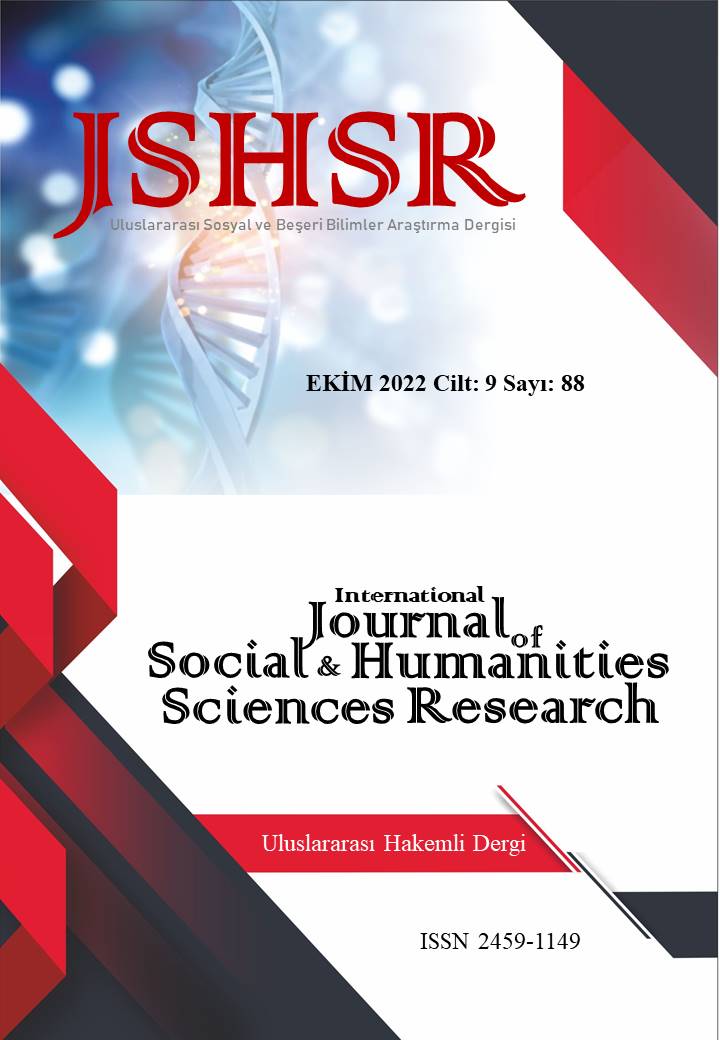FUNCTIONAL AND COMMUNICATIONAL OF MIND IN ARTISTIC CREATIVITY
DOI:
https://doi.org/10.26450/jshsr.3267Keywords:
Art, artist, creativity, intellect, functionalityAbstract
Reason and knowledge aim to create the understanding, connection, unification, and order necessary for artistic creation. The human mind can evaluate emotions such as desire, fear, anger, and excitement with the functional characteristics of the mind. It transforms the functional and communicative desires of the mind, for example, sensing, achieving, and power, into principles through instinct and senses. The artist develops the functional and communicative mind and its productive and creative ability. The consciousness of the artist enables him to turn to intellectual and perceptual dimensions together with his mind and imagination. In the inner and outer world of the artist; the effort to know and beautify the environment is a conscious effort. Mind-sense relationships turn into consistent, original, and extraordinary creativity as a result of functionality.
The human mind frees itself from environmental ties and becomes aware of external realities, with functions such as thinking, measuring, weighing, criticizing, and self-criticism, The artist can produce new ideas against perceptions that exceed the limits of their existence and force reality. The mind combines with the impressions of the senses and establishes new experiences with activities reflected from the outside world. The artist shapes his mind by creating designs and new forms by making use of his dreams, natural events, the intensity of emotion, colors, and appearances. In the creative processes, the mental functions of the brain create reality (artwork) together with the content, essence, and meaning.
While artistic events and designs shape humans, life; dreams, and the intellectual world, the original and free interpretation of artists transforms into artistic values such as painting, sculpture, music, and design with rational and flawless forms. In creative processes, concepts including senses, images, perceptions, memory, and imagination are shaped in works by being processed with mental processes. The source of experiment and information that feeds creative thinking can be explained with analysis, cause and effect relationships, and mental insight. The functional and communicative nature of the mind creates concrete artistic forms through sensations, expressions of feelings and thoughts, cultural designs, and choices
Downloads
Published
How to Cite
Issue
Section
License
Copyright (c) 2022 INTERNATIONAL JOURNAL OF SOCIAL HUMANITIES SCIENCES RESEARCH

This work is licensed under a Creative Commons Attribution 4.0 International License.


